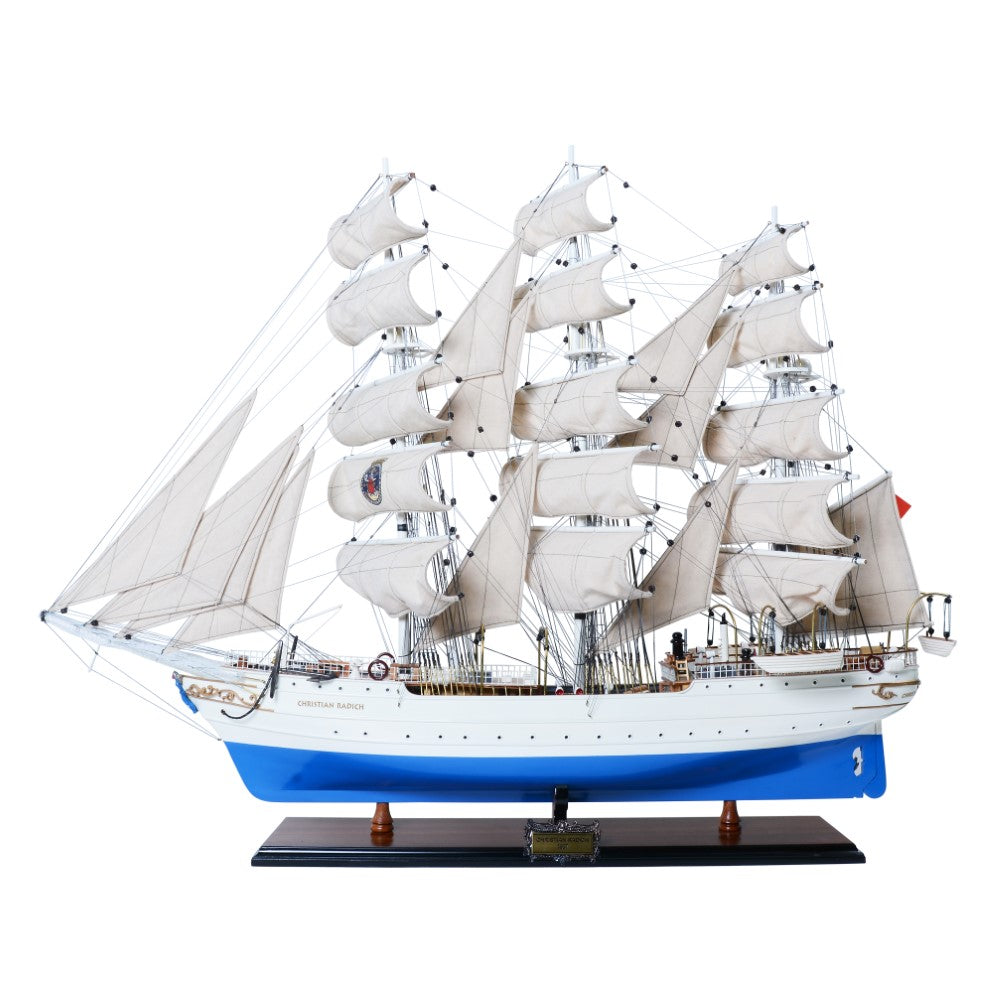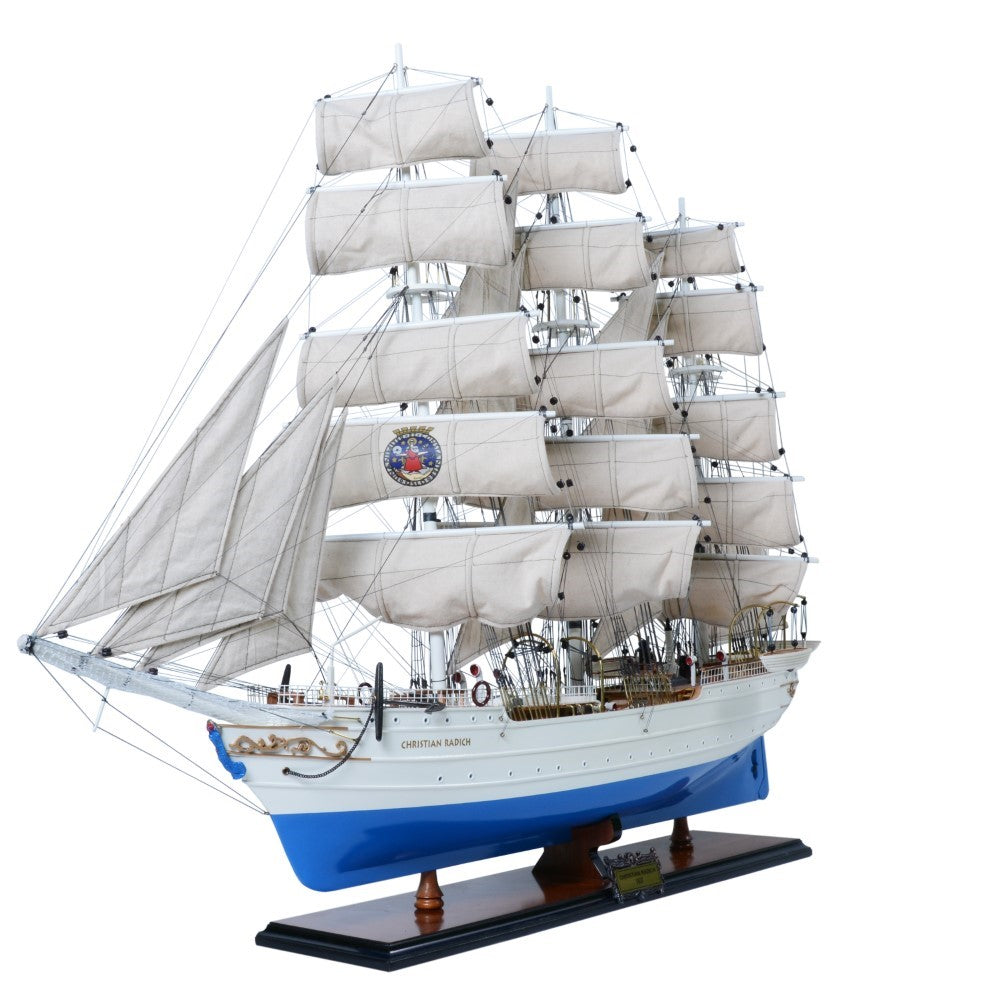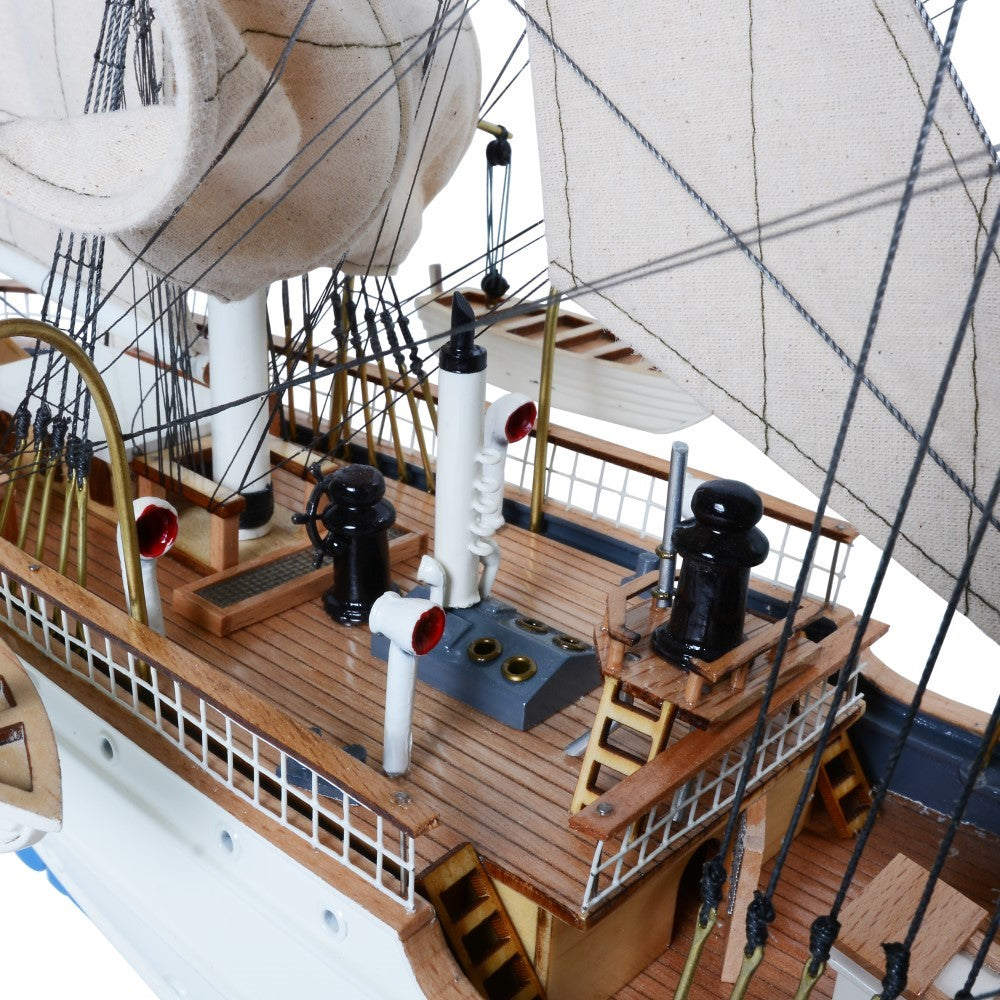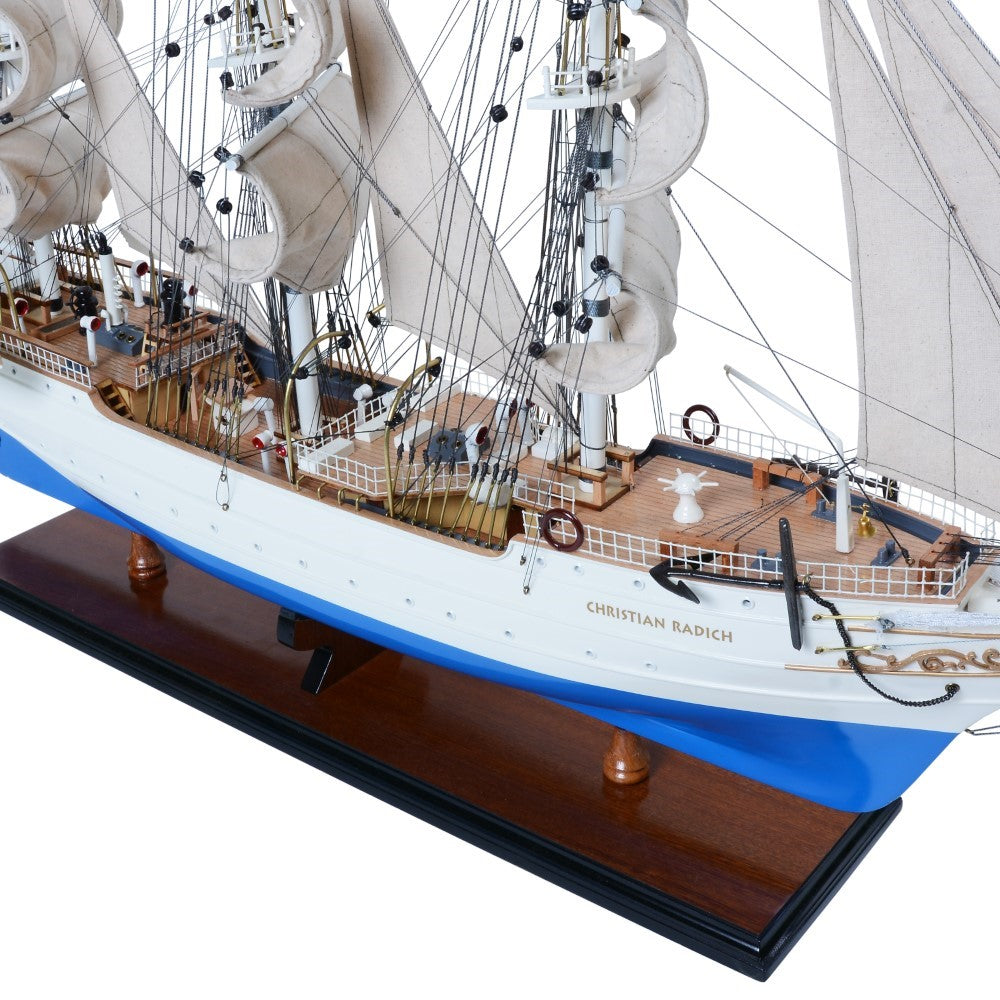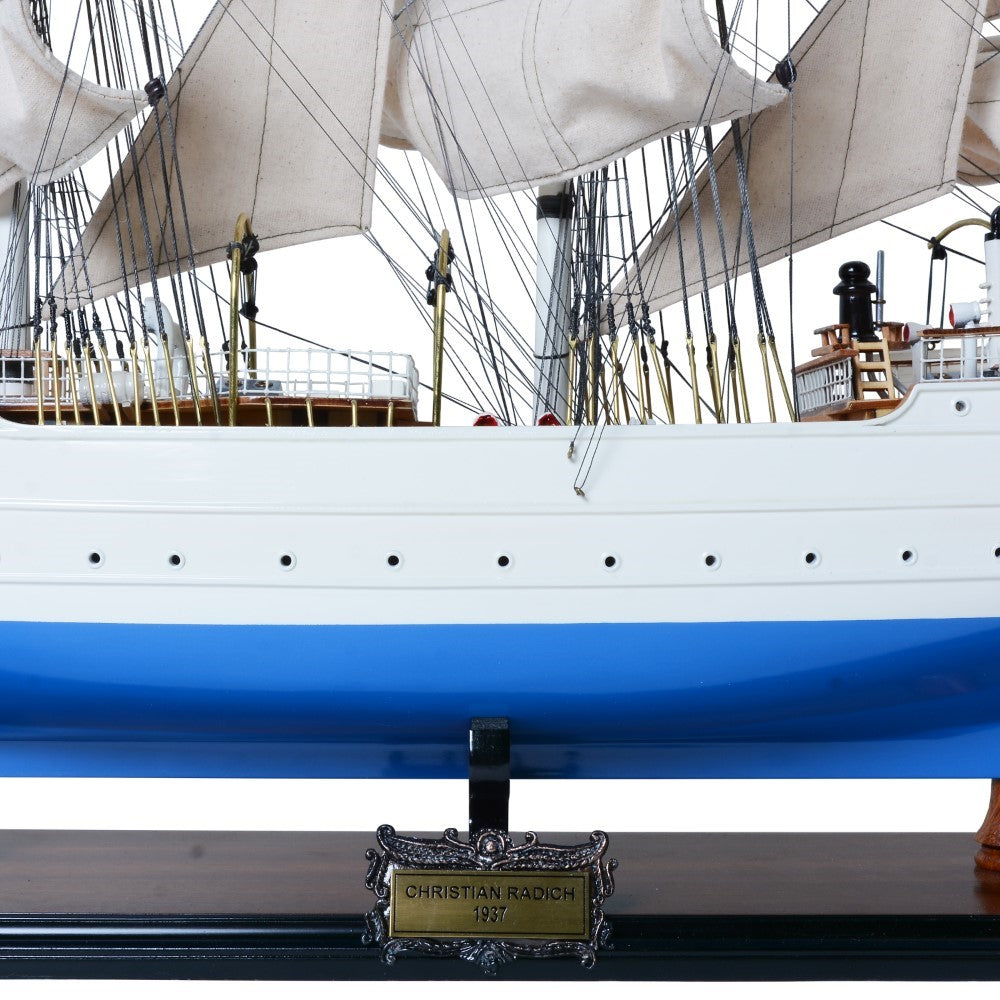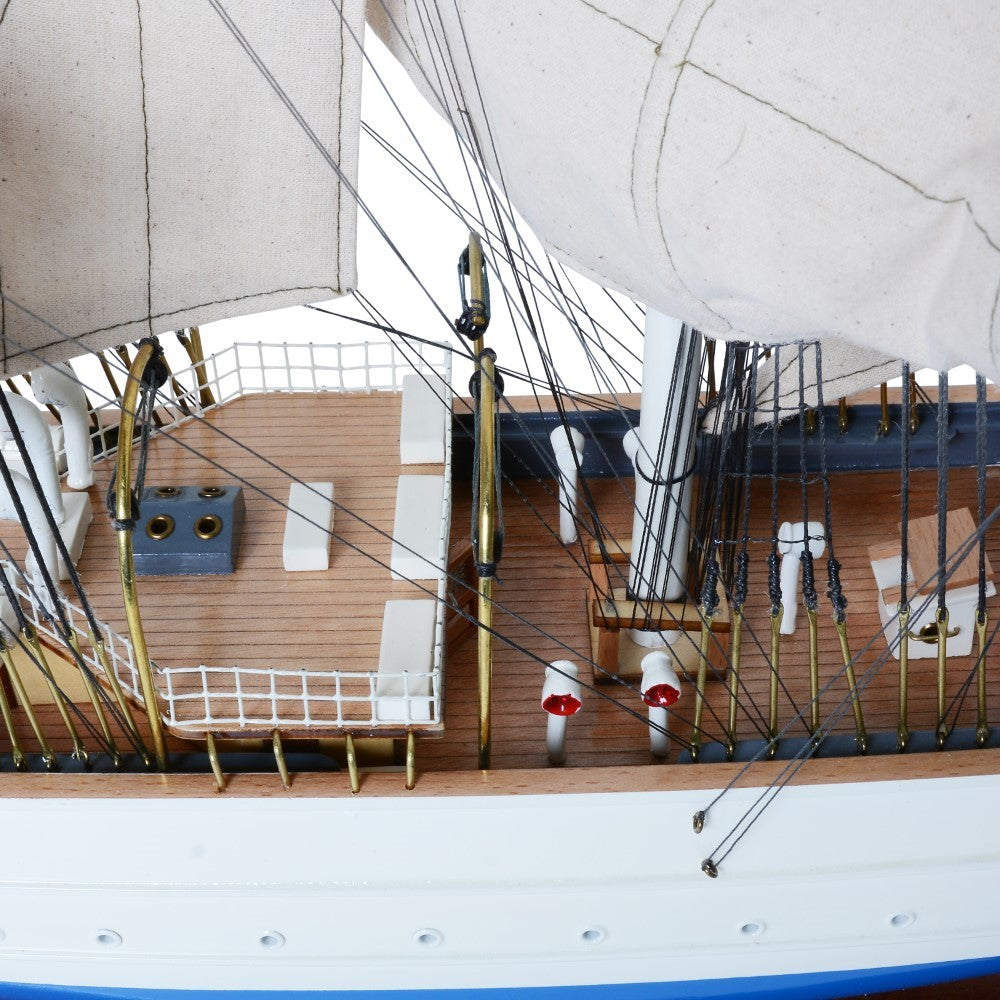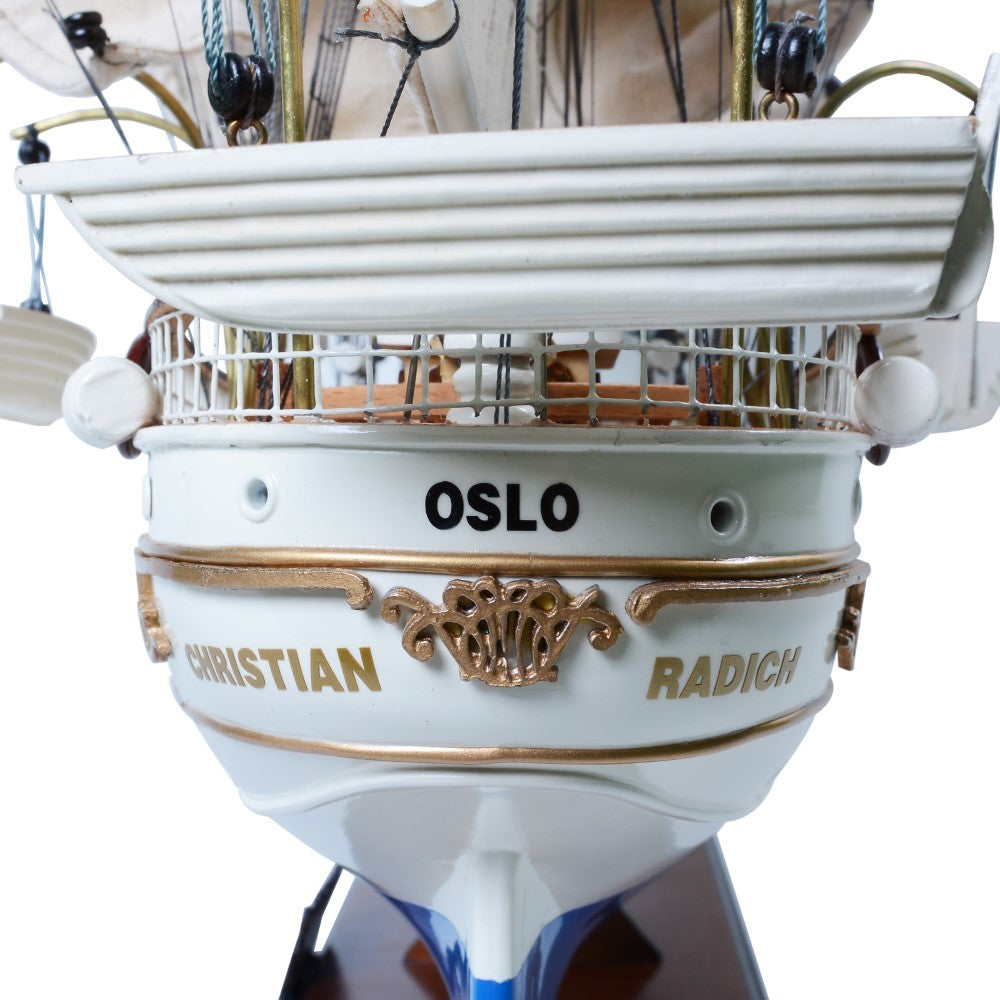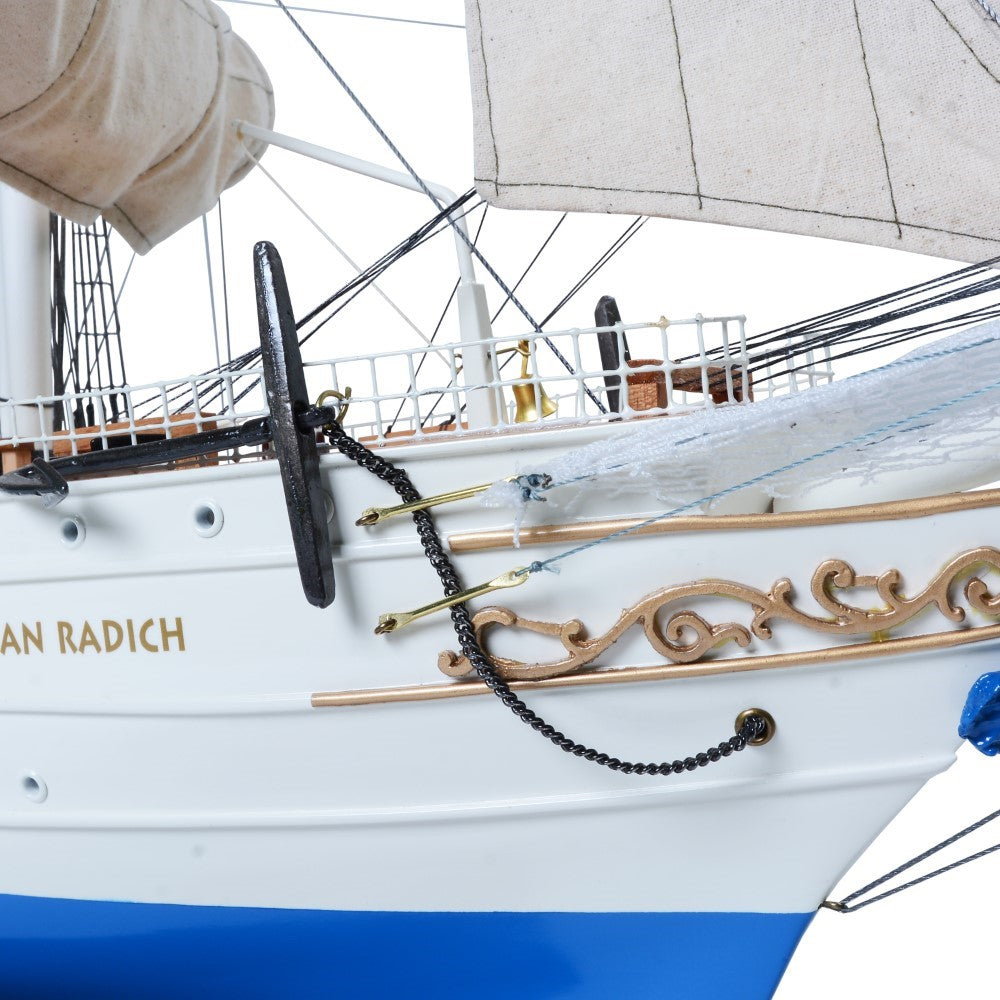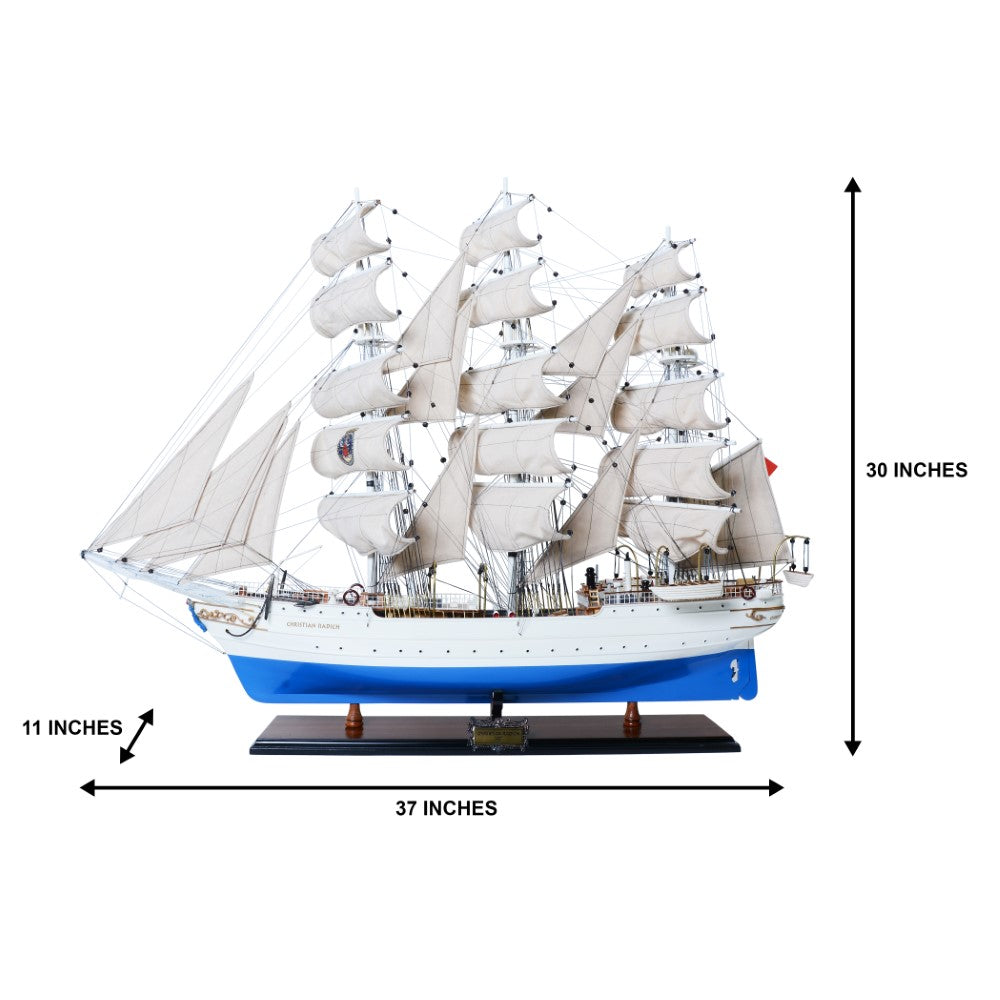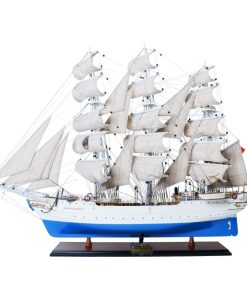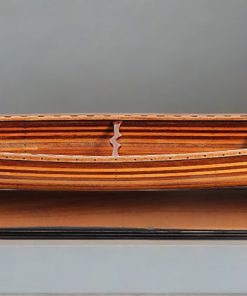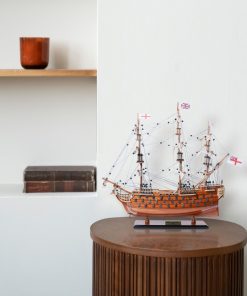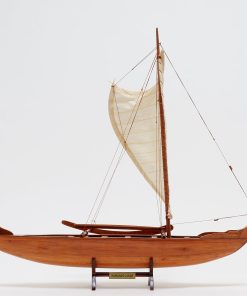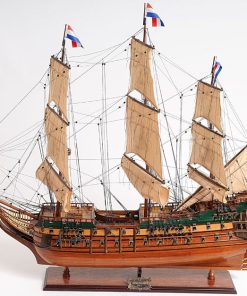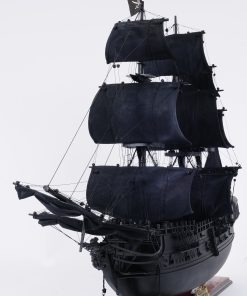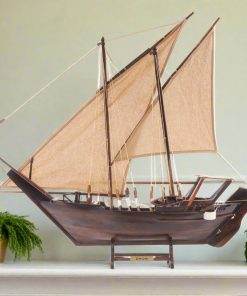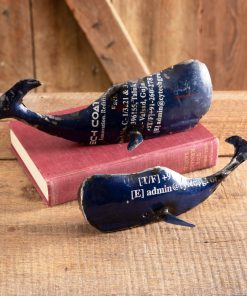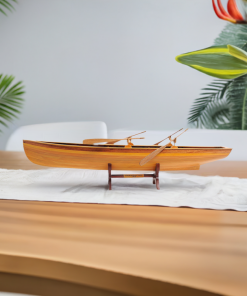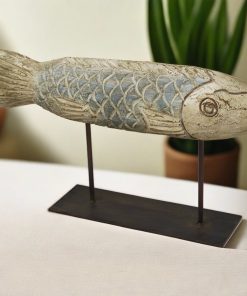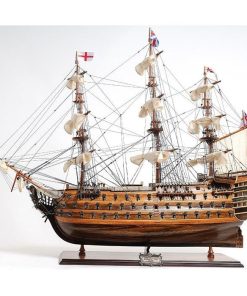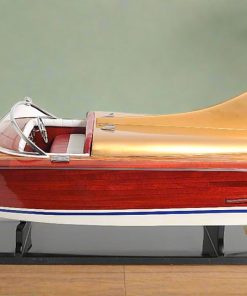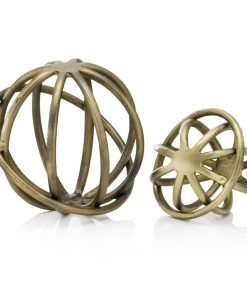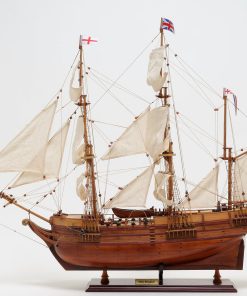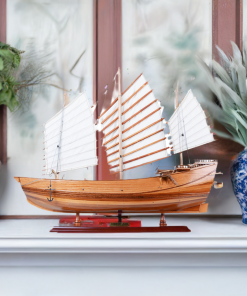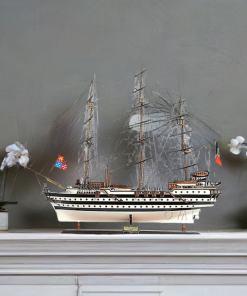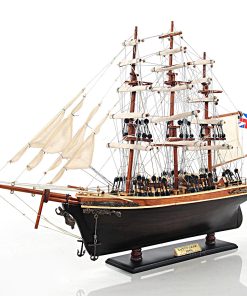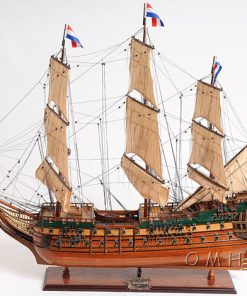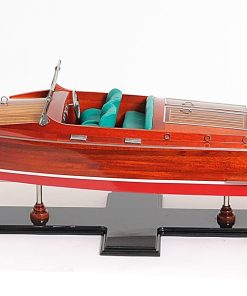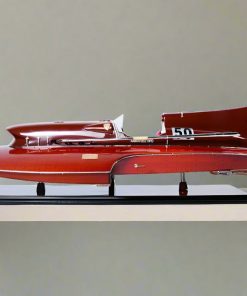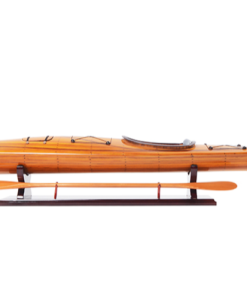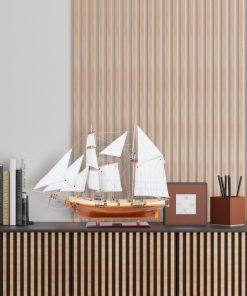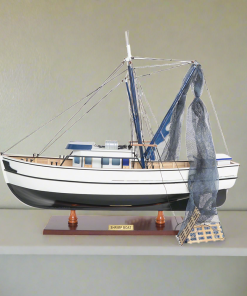Christian Radich Model Ship OMH
$ 909,95 $ 227,49
The Christian Radich was expertly crafted to train sailors for the distinguished Norwegian merchant navy, a responsibility it proudly fulfilled for countless years.
Individually constructed by master craftsmen and referencing historical documents and original plans, these wood models are exquisitely detailed and built to scale using only the finest materials such as western red cedar, rosewood, and mahogany. Each model is painstakingly crafted using the plank-on-frame construction method, mirroring the meticulous process of building an actual ship. With hundreds of hours devoted to each model and a rigorous quality control process, these pieces are truly one-of-a-kind works of art.
This exquisite model ship, inspired by the elegant Christian Radich, showcases a harmonious blend of white and blue hues on its hull. With a meticulously crafted plank on frame construction, this ship boasts three decks and is adorned with advanced rigging and intricately hand-tied lines, securing the front bowsprit and three grand masts in place.
Delicately hand-stitched sails of luxurious linen adorn each yard, while gleaming metal anchors and a polished wooden rudder grace the front and rear of the ship. The deck is adorned with elegant metal cranes, handcrafted lifeboats with intricate ribbing and planks, charming wooden barrels, traditional wooden light beacons, a rustic windlass, a quaint wooden cabin, and a myriad of other exquisite adornments.
Dimensions: 37″ length x 11″ wide x 30″ tall
This model ship arrives fully assembled to you, with a solid wood base and brass nameplate.
A little history:
Launched in 1937, just only two years before the start of World War II, the sail-training ship Christian Radich was named for a patron of the Christiania (later Oslo) Schoolship Association who left a bequest of 90,000 Norwegian crowns in 1915 for the building of a schoolship. The ship made one short cruise in 1938, followed the next year by her first transatlantic voyage, to New York for the World’s Fair. Christian Radich returned to Norway in late 1939, only to be taken over by German occupation forces at Horten in April 1940. War’s end found her capsized at Flensburg, Germany, stripped of virtually all metal and fittings except her shell plating and decks. After £70,000 worth of salvage and repair at her builders in Sandefjord, she resumed sail training in 1947. One of the most regular participants in tall ships races and other events in Europe and North America, by the start of her second half century under sail, Christian Radich had been both witness to and a catalyst for the remarkable resurgence of interest in sail training and traditional sail generally worldwide.
Professional packing and fast shipping
Due to our longstanding partnership with UPS FedEx DHL and other major global carriers, we can offer a variety shipping options. Our warehouse staff is extremely skilled and will package your products according to our precise and exact specifications. Your products will go through an extensive inspection and will be securely secured prior to being delivered. Everyday we deliver thousands of packages to clients from all over the world. Our dedication to becoming the largest online retailer around the globe is evident by this. The distribution centers and warehouses distribution are located in Europe and the USA.
Note: Orders that contain more than one item are assigned a processing period according to the item.
Prior to shipping We will examine thoroughly the items you have ordered. Today, the majority of orders will be delivered within 48 hours. The delivery time will be between 3 and 7 working days.
Returns
We don't control the inventory in our warehouse and factory. The levels of stock can change at any time. You may not receive your order once it has been placed.
Our policy is valid for 30 days. If you have passed 30 days without a trace since the purchase however, we're unable to give you a return or exchange.
Your item should be in the original packaging and in good condition. It must also not be used. It must also be returned in the original packaging.
Related products
Sculptures & Statues
Sculptures & Statues
Sculptures & Statues
Sculptures & Statues
Sculptures & Statues
Sculptures & Statues
Sculptures & Statues
Sculptures & Statues
Sculptures & Statues
Sculptures & Statues
Sculptures & Statues
Sculptures & Statues
Sculptures & Statues
Sculptures & Statues
Sculptures & Statues
Sculptures & Statues
Sculptures & Statues
Sculptures & Statues
Sculptures & Statues
Sculptures & Statues
Sculptures & Statues
Sculptures & Statues
Sculptures & Statues
Sculptures & Statues
Sculptures & Statues
Sculptures & Statues
Sculptures & Statues
Sculptures & Statues
Sculptures & Statues
Sculptures & Statues
Sculptures & Statues
Sculptures & Statues
